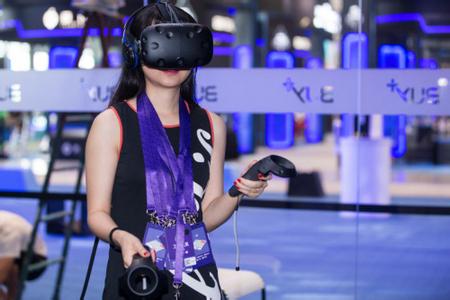VR experience closed loop formation ant gold suit launch VR Pay
A girl wearing VR glasses, a few hands in the air, completed an online shopping. The reporter was informed yesterday at the main venue of the Double Creative Week that the world’s first VR payment product “VR Pay†debuted for the first time at the event week. This technology is entirely independently developed by Chinese companies.

It is understood that VR Pay was developed by Ant Financial. In a virtual environment, no matter if it is shopping, live broadcast or games, when it comes to payment, the user no longer has to remove the VR glasses, take out the mobile phone, and open the payment application to pay. Instead, the payment can be completed in 3D virtual reality directly through touch, gaze, nodding, and other interactions. The people who experienced at the booth nicknamed it, and later, they would not say "kick-off hands." With VR Pay, they can buy and buy without hands.
According to Lin Feng, head of the VR Pay R&D team Ant Financial Studio F, this technology uses unique payment verification methods and security system mechanisms, combined with biometrics technology to make payments safer, based on the characteristics of virtual reality. At the same time, established payment standards under virtual scenarios, such as cashiers, payment processes, and security authentication methods.
VR is considered to be the next outlet of the Internet industry and has frequently made headlines in technology media. But in many cases, VR is more like an advanced toy: Although cool but not practical, it is only popular in niche circles. Taking VR shopping as an example, the previous model was to watch a product in a virtual reality environment, pick it up, remember the model, and then take off the VR glasses and buy it on a computer or a mobile phone. VR is just a way of displaying the product. This kind of user experience is obviously not at all friendly. The core of VR is an immersive experience, but the previous payment process is not "immersive" at all.
Lin Feng said that the emergence of VR payment technology has changed the status quo, and the VR experience has since formed a closed loop, completing the upgrade from toys to tools. With the establishment of VR payment standards, VR applications in different scenarios can all be accessed and paid. This will be the biggest driver for the VR industry to form its own hematopoietic function.